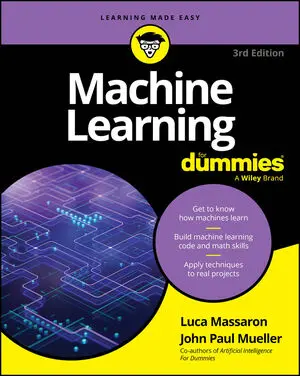The emphasis of Spark is speed. When you visit the site, you’re greeted by statistics, such as Spark’s capability to process data a hundred times faster than other products, such as Hadoop MapReduce (see the tutorial) in memory. However, Spark also offers flexibility in that it works with Java, Scala, Python, and R, and it runs on any platform that supports Apache. You can even run Spark in the cloud if you want.
Spark works with huge datasets, which means that you need to know programming languages, database management, and other developer techniques to use it. This means that the Spark learning curve can be quite high, and you need to provide time for developers on your team to learn it. The simple examples at Spark’s website give you some ideas of just what is involved. Notice that all the examples include some level of coding, so you really do need to have programming skills to use this option.






